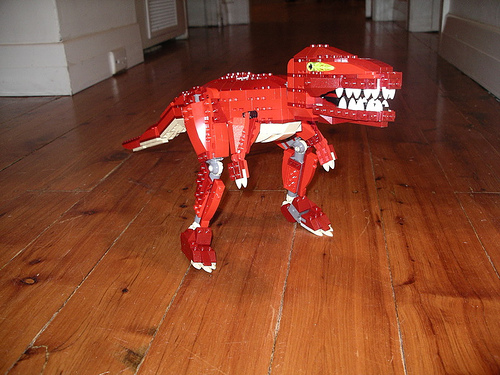Since its release in September 2005, the iPod nano has been every shade under the sun. Each model's launch delivers a new spectrum of hues for the miniature mp3 players. The iPod nano's wide variety offers a shade for everyone. Thus, the ipod's hue that appeals to a consumer's eye most will be the one purchased.
Although the iPod Nano comes in approximately the same color options with each release, they are offered in different hues ranging from soft, metallic pastels to rich, shinny neons. In regard to Alber's thesis that color is subjective in his book "The Interaction of Color", everyone perceives the Nano's hues differently. One who might love the newest generation's emerald green may disdain the great grandparent version's sea foam green. He or she may love the color green, but only when it is the rich green that attracts their eye and likeness as found coloring the newest version.
Apple's design team's decision to change the color of the Nano's hues with each generation that is released is a great way for Apple to sell millions of iPod's. With each launch, an individual will grow fond to a particular one above the rest. Due to our nature to crave to possess the latest piece of technology, we convince ourselves to purchase a new model. Thus, by offering a new model of iPod, not only offered in nine colors, but in nine never-before-seen hues, the number of people who feel the need to purchase the new Nano is exponential. That same green iPod will be just the right shade of green for so many people even though they may be perceiving it differently.
**Images above depict Apple's Nano in order from newest (excluding the model most recently released) to oldest
Cred:



























